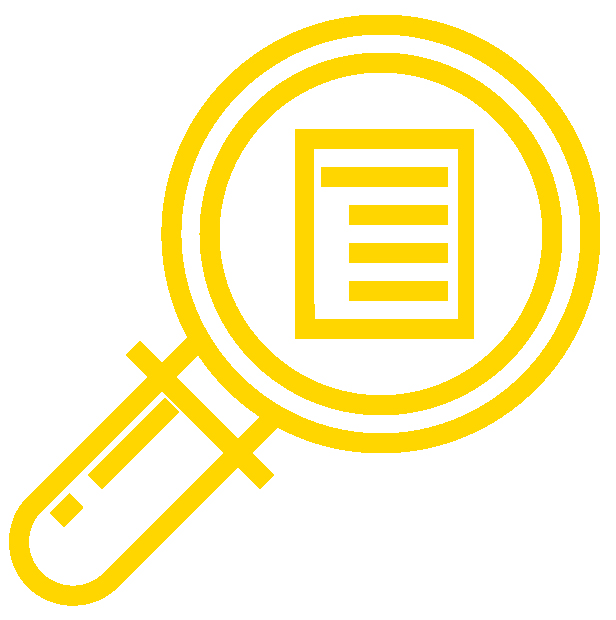
The textbook content and assessments for Introduction to Statistics are aligned to the following learning outcomes. A full list of course learning outcomes can be viewed here: Introduction to Statistics Corequisite Learning Outcomes.
Module 1: Sampling and Data
- Review topics needed for success in Algebra Essentials.
- Definitions of Statistics, Probability, and Key Terms.
- Data, Sampling, and Variation in Data and Sampling.
- Frequency, Frequency Tables, and Levels of Measurement.
- Experimental Design and Ethics.
Module 2: Descriptive Statistics
- Review topics needed for success in Descriptive Statistics.
- Stem-and-Leaf Graphs (Stemplots), Line Graphs, and Bar Graphs.
- Histograms, Frequency Polygons, and Time Series Graphs.
- Measures of the Location of the Data.
- Box Plots.
- Measures of the Center of the Data.
- Skewness and the Mean, Median, and Mode.
- Measures of the Spread of the Data.
Module 3: Probability Topics
- Review topics needed for success in Probability Topics.
- Terminology.
- Independent and Mutually Exclusive Events.
- Two Basic Rules of Probability.
- Contingency Tables.
- Tree and Venn Diagrams.
Module 4: Discrete Random Variables
- Review topics needed for success in Discrete Random Variables.
- Probability Distribution Function (PDF) for a Discrete Random Variable.
- Mean or Expected Value and Standard Deviation.
- Binomial Distribution.
- Geometric Distribution.
- Hypergeometric Distribution.
- Poisson Distribution.
Module 5: Continuous Random Variables
- Review topics needed for success in Continuous Random Variables.
- Continuous Probability Functions.
- The Uniform Distribution.
- The Exponential Distribution.
Module 6: The Normal Distribution
- Review topics needed for success in The Normal Distribution.
- The Standard Normal Distribution.
- Using the Normal Distribution.
Module 7: The Central Limit Theorem
- Review topics needed for success in The Central Limit Theorem.
- The Central Limit Theorem for Sample Means (Averages).
- The Central Limit Theorem for Sums.
- Using the Central Limit Theorem.
Module 8: Confidence Intervals
- Review topics needed for success in Confidence Intervals.
- A Single Population Mean using the Normal Distribution.
- A Single Population Mean using the Student t Distribution.
- A Population Proportion.
Module 9: Hypothesis Testing With One Sample
- Review topics needed for success in Hypothesis Testing with One Sample.
- Null and Alternative Hypotheses.
- Outcomes and the Type I and Type II Errors.
- Distribution Needed for Hypothesis Testing.
- Rare Events, the Sample, Decision and Conclusion.
- Additional Information and Full Hypothesis Test Examples.
Module 10: Hypothesis Testing With Two Samples
- Review topics needed for success in Hypothesis Testing with Two Samples.
- Two Population Means with Unknown Standard Deviations.
- Two Population Means with Known Standard Deviations.
- Comparing Two Independent Population Proportions.
- Matched or Paired Samples.
Module 11: The Chi Square Distribution
- Review topics needed for success in The Chi-Square Distribution.
- Facts About the Chi-Square Distribution.
- Goodness-of-Fit Test.
- Test of Independence.
- Test for Homogeneity.
- Comparison of the Chi-Square Tests.
- Test of a Single Variance.
Module 12: Linear Regression and Correlation
- Review topics needed for success in Linear Regression and Correlation.
- Linear Equations.
- Scatter Plots.
- The Regression Equation.
- Testing the Significance of the Correlation Coefficient.
- Prediction.
- Outliers.
Module 13: F-Distribution and the One-Way ANOVA
- Review topics needed for success in F Distribution and One-Way ANOVA.
- One-Way ANOVA.
- The F Distribution and the F-Ratio.
- Facts About the F Distribution.
- Test of Two Variances.
Candela Citations
CC licensed content, Original
- Learning Outcomes. Provided by: Lumen Learning. License: CC BY: Attribution
CC licensed content, Shared previously
- Magnify. Authored by: Eucalyp. Provided by: Noun Project. Located at: https://thenounproject.com/term/magnify/1276779/. License: CC BY: Attribution
